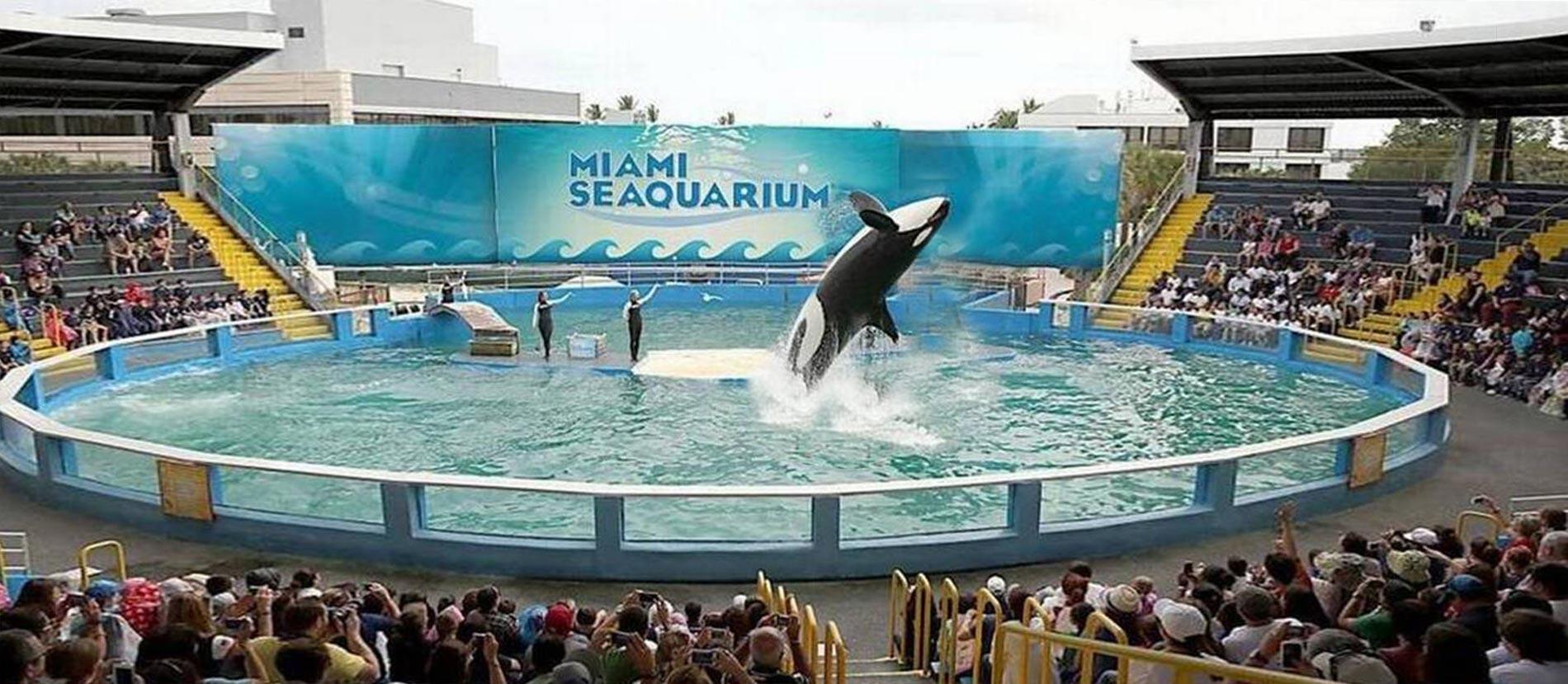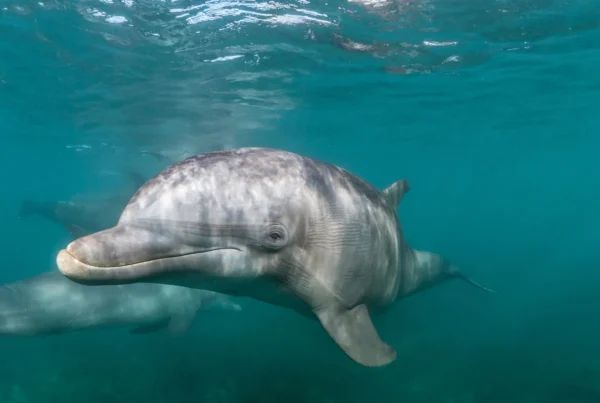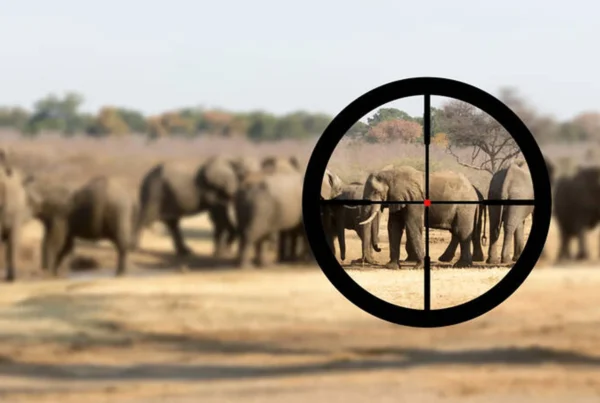On 7 May 2022 the tenth global annual Empty the Tank Event took place. This movement was inspired by the 2013 US documentary Blackfish. This film changed the perception of orcas in the West. The film singlehandedly caused the demise of marine theme parks in the US. The business model of US parks like SeaWorld had become unattractive overnight. Today a new threat to these intelligent complex marine mammals has emerged: marine theme parks in China. The demand for orca, dolphins and beluga whales is growing at an alarming rate. Animals die and are injured during the hunt. Young orcas are torn away from their mothers and pod. They are sold for many millions into a life of pain, suffering, depression and loneliness.
Diana Mautner Markhof, 24 May 2022
“Blackfish”, the US documentary which premiered at the Sundance Film Festival in 2013, changed the perception of an entire generation in the West towards Orcas or killer whales, the largest member of the dolphin family. Blackfish is the name Native American tribes of the Northwest Coast called orcas. The film highlighted the cruel plight of these highly intelligent marine mammals, which in the wild are at the top of the food chain and can live as long as humans – if not longer. In captivity, these large dolphins eke out a dreary existence in the tanks of SeaWorld and similar theme parks and have a life span of maximum 20 to 30 years.
This documentary was the first time the general public was shown how orcas are captured in the wild, torn away from their family pod and sentenced to a life of animal servitude. Mother orcas are often killed while protecting their young from the unscrupulous brutal orca traffickers and the entire family pod has been known to follow for hundreds of kilometers the boats on which the captured orcas have been loaded.
The original documentary focused on the life of the orca male Tilikum who was captured in 1983 off the coast of Iceland, as well as on the plight of other captive orcas in various SeaWorlds and in Sealand. Interviews with scientists as well as with former trainers and employees of SeaWorld supported what was shown in the documentary. SeaWorld’s ticket sales plummeted after the release of the film and have never recovered.
Wild Orcas
In the wild, these social animals live their entire life within their family led by the matriarch of the pod. Each pod has its own ‘culture’: they speak their own orca dialect of clicks, whistles and pulses; their food consists either of fish or marine mammals; and they have their own hunting, travelling and communication traditions, which are passed down through the generations. They live in distinct populations in a variety of habitats: from the tropics to the poles, in estuaries, coastal environments and deep-water habitats – orcas, like humans, have adapted to all these environments. They travel vast distances of up to 150 km a day and can dive up to 400 meters at a time. Wild orcas only spend 20% of their life on the surface of the water.
Orcas are very social and emotional animals and have the second largest brain in the world, after sperm whales. However, size is not the only factor that matters. CT-scans of orca brains have shown their complexity. Scientists have determined that certain aspects of orca brains are superior to human brains. Their gyrification – the amount of wrinkling and folding in the cortex – is almost three times that of human brains. In fact, orcas have the most highly ‘gyrified’ brain in the world, which means that they handle and process data at a higher speed than do humans. They also have a highly developed set of brain lobes called the paralimbic system. This paralimbic system relates to spatial memory and navigation.
Orca long-term memory and emotional learning is very prominent owing to the highly developed amygdala in the brain. Scientists are amazed by the insular cortex of orcas. Orcas insular is the most elaborate of any animal in the world. This means they have a highly developed consciousness which involves emotions such as compassion, empathy, perception, motor control, self-awareness and inter-orca relationships.
Orcas use sound not air to perceive the world around them. With dolphins and beluga whales they share their echolocation capability –a kind of sixth sense. They use clicks in locating objects and navigating. Through echolocation, orcas and dolphins can see a mental picture of an object – including the inside of the object. Echolocation can also be shared with other pod members and is used in orca social activity. According to Lori Marino, neuroscientist and expert in animal behavior and intelligence, who serves as president of the Whale Sanctuary Project, orcas perceive the world in a way that humans can only imagine. She is of the opinion that “it is just as possible they see us as acoustically obtuse and primitive – since, in comparison to them, we probably are.”
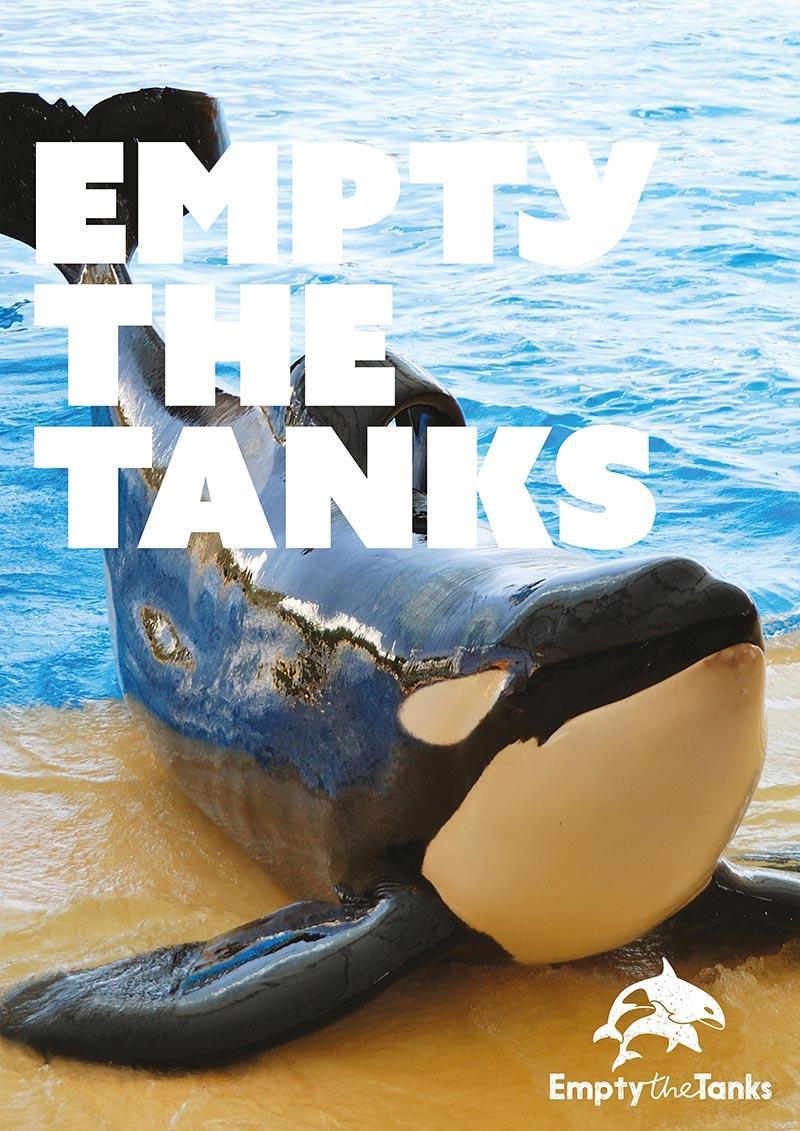
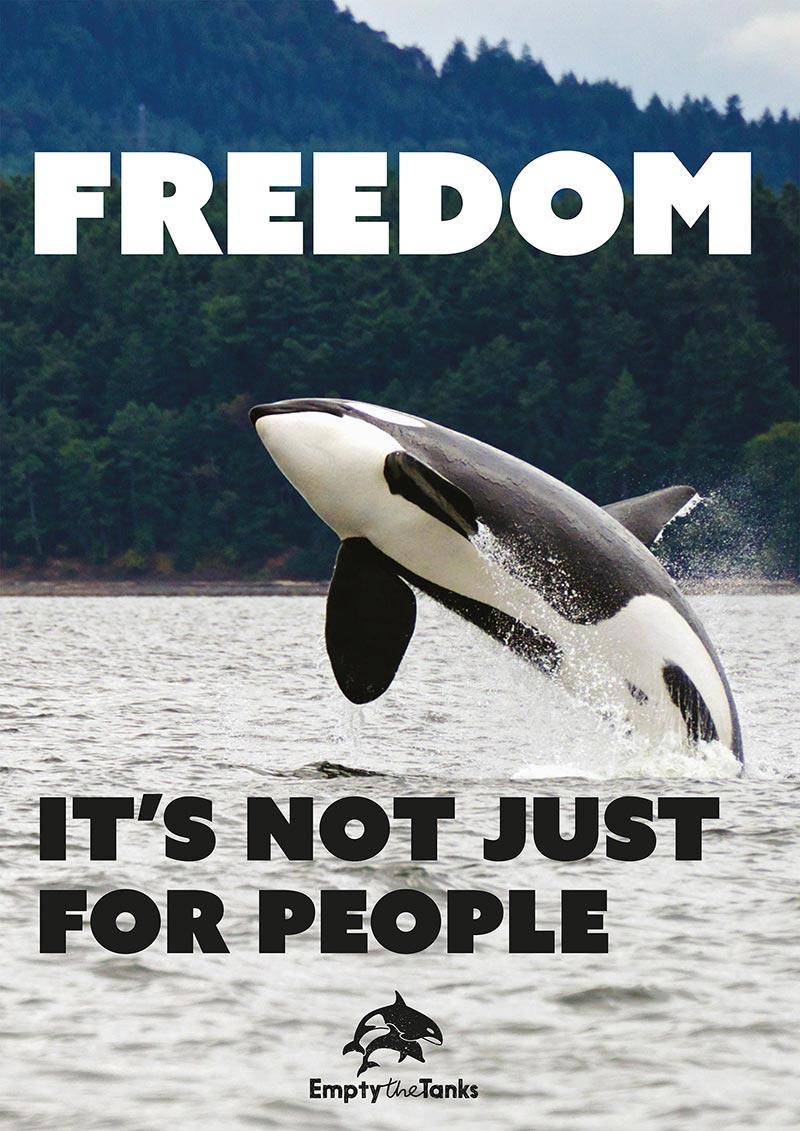
Captive Orcas
Once in captivity, these animals are deprived of food to make them perform tricks. Their young, born in captivity from a breeding program, would often be brutally torn from their mothers and would languish in small concrete pools, thrown together with orcas from different ‘cultures’, which would naturally cause great stress and aggression. The documentary film Blackfish showed how orcas were repeatedly mistreated by the theme parks, for example by keeping the animals overnight in tiny steel containers. Science has proven that the industries’ claims are false that orca, dolphin and whale performance is an enriching environment for these animals. Some orcas have even committed suicide by ramming their heads against the tank walls.
Captive-born orcas have the same innate drive as wild orcas. According to Naomi Rose, a marine mammal scientist at the Animal Welfare Institute, a nonprofit organization based in Washington, D.C.: “If you have evolved to move great distances to look for food and mates then you are adapted to that type of movement, whether you’re a polar bear or an elephant or an orca.” Putting them in tanks of 50 meters by 30 meters turns them into “couch potatoes.”
Kayla, a 30-year-old orca living at SeaWorld Orlando, Florida, died in January 2019. In the wild she likely would have lived way past 50. She lived longer than any other orca born in captivity in history. Although her immediate cause of death was not revealed by SeaWorld, most captive orca deaths can be traced to pneumonia or other infections. As of 5 November 2021, at least 170 orcas have died in captivity, 30 miscarried or had still-born calves. SeaWorld still holds 19 orcas in its three theme parks in the United States. 70 orcas were born in captivity since 1977 – this number does not include the 30 stillborn calves. Of those who survived, 37 are now dead and did not live past the age of 30.
Loneliness is also a major cause of stress, depression and death for captive orcas. Lolita, has been living alone in a small tank at Miami Seaquarium for 50 years (picture above depicts Lolita performing at Miami Seaquarium). Lolita was separated from her mother and seven siblings when she was four years old and came to the Miami Seaquarium for a fee of just EUR 5 500. Since then, Lolita has been tirelessly on stage – and in the world’s smallest orca tank. Many animal rights organizations have been fighting for her release to a sanctuary.
Cetaceans (whales, dolphins, and porpoises) suffer significant health and welfare problems in captivity. The wide use of tranquillizers such as Diazepam (Valium® and generics) by the industry to control cetacean’s behavior is highly questionable and unethical.
Tooth health is also a sign of the sad state of captive orcas. A peer-reviewed 2017 study in the journal Archives of Oral Biology concluded that 25% of all orcas in captivity in the US have severe tooth damage. The study showed that the damage was mainly the result of persistent grinding of teeth on tank walls, often to the point where the nerves are exposed. These ground-down spots on the teeth remain open cavities and are highly susceptible to infection.
Marine Theme Park Boom in China
Blackfish 2, the follow-up documentary which came out in 2019, examined the state of affairs six years after Blackfish, the original documentary, and highlighted what is happening on the Asian continent. Whereas in Europe and the US the documentary initiated a rethinking towards orcas, whales and dolphins in captivity, the situation for orcas in Asia and Russia has reached a new alarming level. Animal theme parks, which have lost their attractiveness in the West, are in the process of opening up in China. Chinese aquariums and theme parks have obtained wild belugas from Russia and dolphins from the Taiji drive hunts in Japan. The first wild orcas were imported from Russia in 2013 and the numbers of captured orcas and those killed in the capture are increasing every year. Each captured wild orca is worth millions. Despite this high cost, demand for orcas in China is increasing as new marine parks have mushroomed all over China and many today display whales, dolphins and orcas.
The China Cetacean Alliance, a coalition of conservation organizations, estimates that facilities in China have at least 1000 cetaceans in captivity (https://www.chinacetaceanalliance.org/). As animal welfare groups have stepped up campaigns designed to turn the tide of public opinion against the country’s booming ocean-themed tourism industry, many young Chinese have also had a change of heart regarding captive orcas, dolphins and beluga whales.
Captive Orcas America and Europe
There are currently 60 orcas in captivity at sea parks and aquariums throughout the world. Some of these orcas are wild-caught and some were born in captivity. While the US still heads the chart of housing the most captive orca – all but one of those live at SeaWorld’s three parks in Orlando, San Diego, and San Antonio. In the EU there are 15 EU Member States and some 33 captive facilities where an estimated 309 individual cetaceans are held. The main countries where these facilities are located are Spain (11) and Italy (4). There are 12 captive orca in France(6) and Spain(6). https://worldanimalfoundation.org/advocate/animal-captivity-statistics/
Kshamerk is the last captive orca in South America. This 32-year-old male orca lives alone in a marine world theme park in Clement, Argentina. He was captured in 1992 off the coast of Argentina (https://www.dolphinproject.com/blog/kshamenk-the-forgotten-orca-in-argentina/).
Empty the Tank is a movement inspired by the film Blackfish (https://emptythetanks.org/worldwideevent/). Its mission is to use “education and awareness to end cetacean captivity and promote ocean conservation worldwide”. It has advocated the release of captive dolphins, orcas and whales into sanctuaries. Each year on 7 May the organization holds their annual Empty the Tank event which attracts thousands of supporters from around the globe who publicly raise their voices in support of freeing captive marine cetaceans. This year was the 10th anniversary of this event.
Countries such as Bolivia, Canada, Croatia, Cyprus, Greece, India, Slovenia and Switzerland have enacted bans on holding orca captive for commercial purposes. Hungary prohibits dolphin imports. In the US, the state of New York was the first state to enact a ban on captive orcas. The Whale Sanctuary Project (https://whalesanctuaryproject.org/the-sanctuary/) has recently announced the location of its orca sanctuary in Nova Scotia – the first of its kind. If successful, orcas like Lolita will have a place to retire to after a life of pain, suffering and loneliness.


